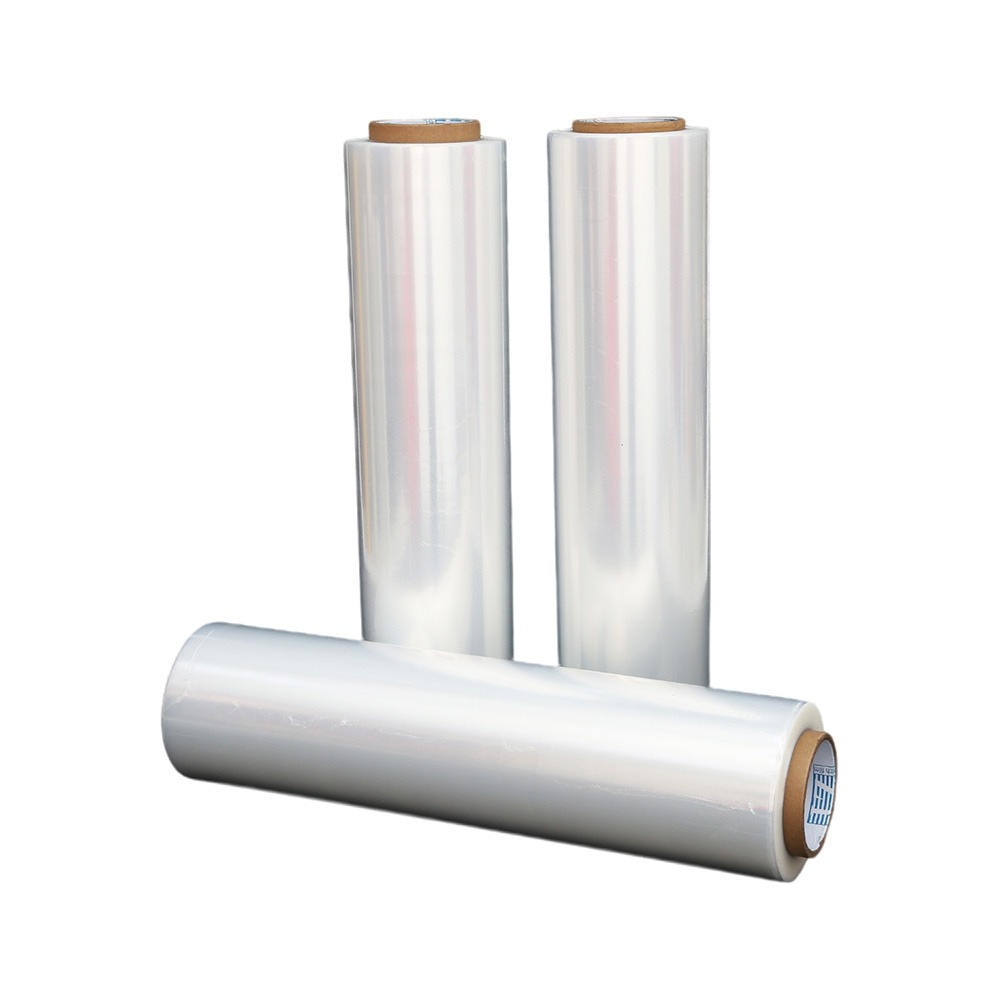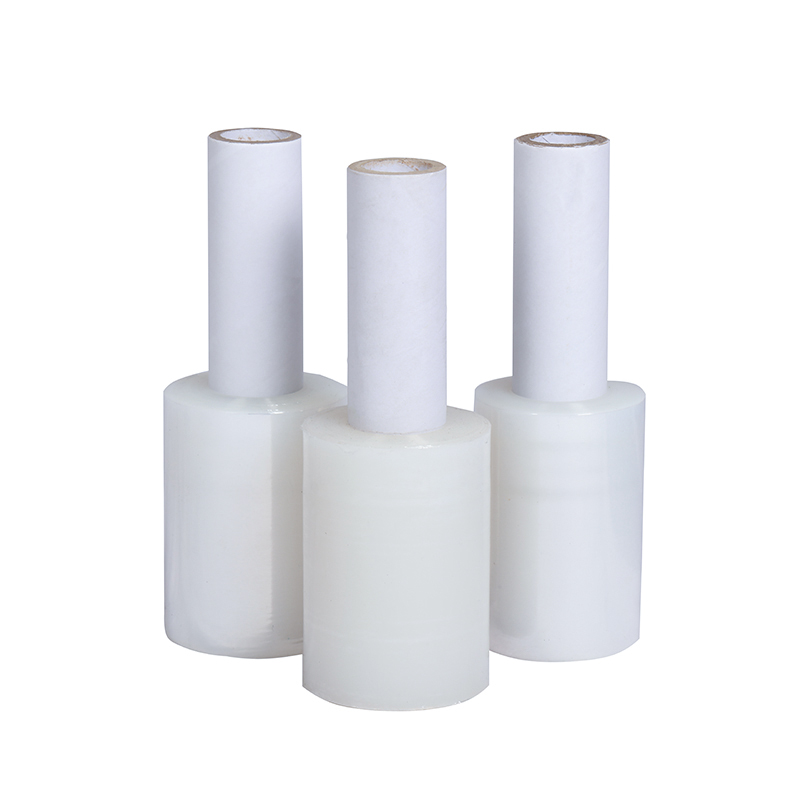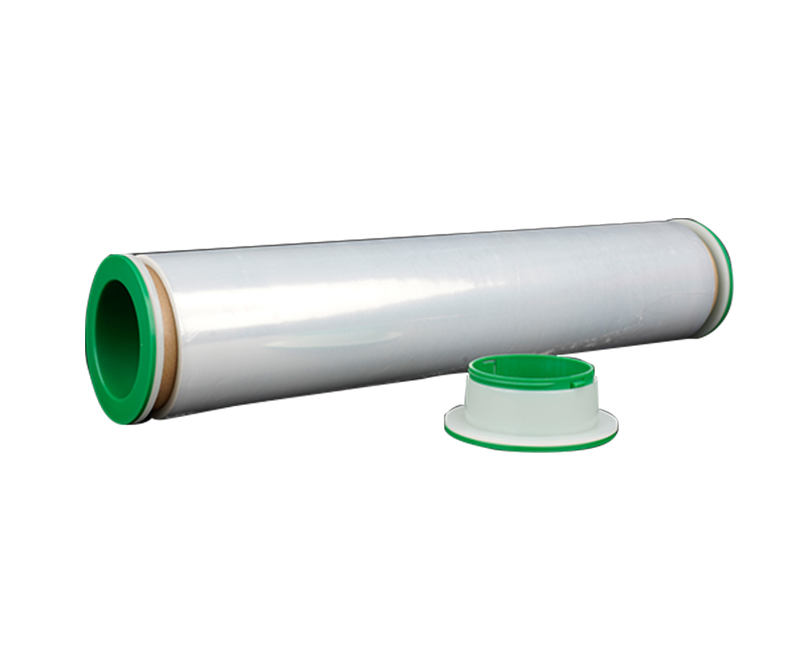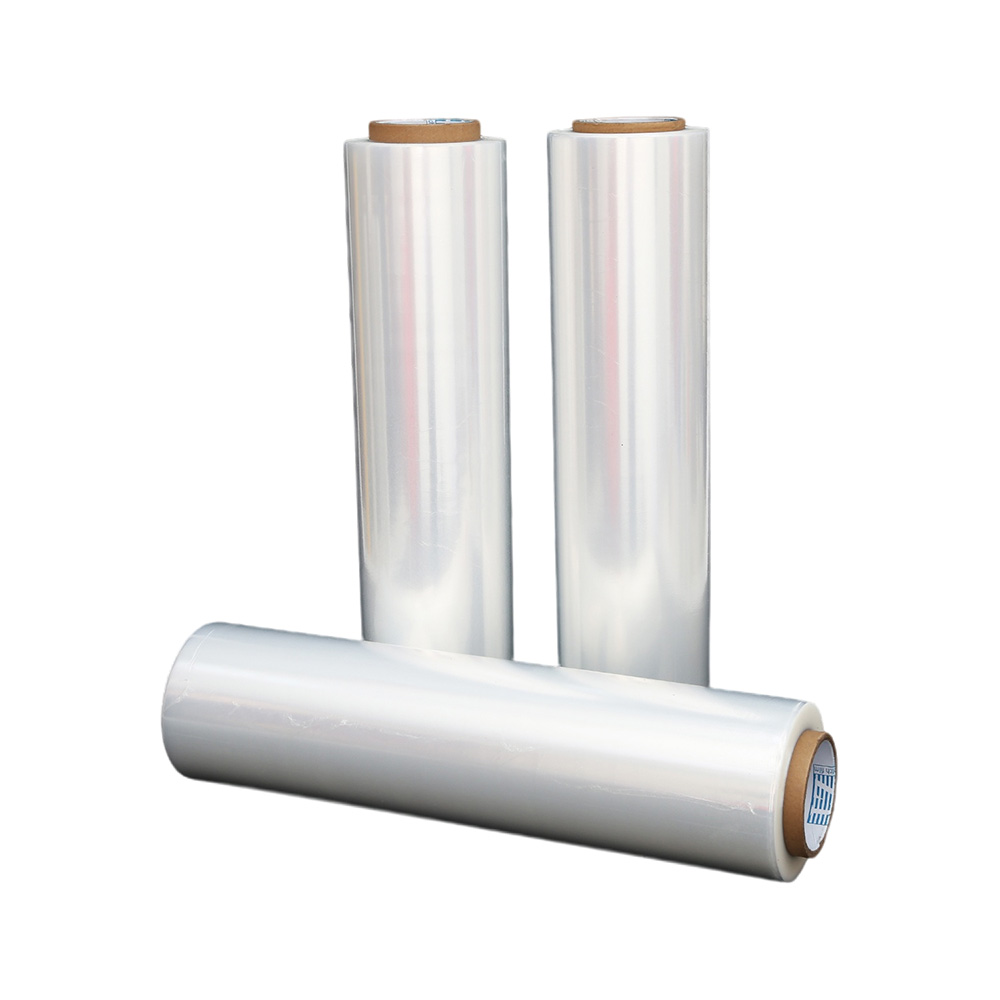Eco-Friendly Stretch Wrap: A Green Choice for Your Business?
Source:Eco-Friendly Stretch Wrap: A Green Choice for Your Business?Time:2025-05-31Visitors:
The push for sustainability is changing every industry, especially packaging. Stretch wrap is vital for protecting goods, but its environmental impact is a growing concern. So, what does "eco-friendly stretch wrap" really mean for your business?
It's not just one product; it's a range of smart solutions designed to cut down on environmental harm. This guide will explore the options, their benefits, and what to consider so you can make informed, sustainable choices for your packaging.

Why Go Green with Your Wrap?
Choosing eco-friendly packaging offers clear benefits for both the planet and your business:
- Less Plastic Waste: It helps keep plastic out of landfills and oceans.
- Lower Carbon Footprint: Reduces reliance on fossil fuels and cuts down on energy used in production.
- Saves Resources: Helps preserve finite natural resources.
- Boosts Your Brand: Shows you're committed to the environment, appealing to eco-conscious customers.
- Future Savings: Using less material can mean long-term cost reductions.
Your Green Wrap Options
"Eco-friendly" stretch wrap comes in several forms. Let's break them down:
1. Use Less: Downgauging
This is often the easiest and most impactful step. Downgauging means using thinner, yet incredibly strong, films. This is possible thanks to advanced materials and machines that can stretch film much further. The idea is simple: use less virgin plastic per pallet while keeping your goods just as safe.
- Impact: Directly cuts down on raw material use and waste.
- Benefit: Often saves you money on material costs too!
2. Recycled Content: PCR & PIR
These films give plastic a second life.
- What they are: Made with Post-Consumer Recycled (PCR) plastic (from things like old bottles) or Post-Industrial Recycled (PIR) plastic (from factory scraps).
- Benefits: Reduces the need for new plastic and keeps waste out of landfills, supporting a circular economy.
- Things to note: Performance and clarity are constantly improving, but it's good to check certifications for the recycled content.
3. Plant-Based: Bio-Based Wrap
These wraps come from renewable resources.
- What they are: Made from plants like sugarcane, corn, or even tall oil (a byproduct from paper making).
- Benefits: Lessens reliance on fossil fuels and can have a lower carbon footprint during production. Many can also be recycled with regular plastic films.
- Things to note: They might cost a bit more, and it's worth considering the sustainability of the plant sourcing.
4. Break Down? Biodegradable & Compostable (Use Caution!)
These terms can be tricky, especially for stretch wrap.
- Biodegradable: This term can be vague. Be wary of "oxo-degradable" films, which just break into tiny plastic pieces (microplastics) and are often banned. True biodegradation needs specific conditions usually not found in landfills.
- Compostable: These films are designed to break down into organic matter, but only in industrial composting facilities.
- Crucial Warning: These wraps don't belong in regular recycling—they contaminate it. Industrial composting facilities are rare. For pallet wrap, these options are generally not recommended unless you have a guaranteed way to send them to a certified industrial composting facility.
5. Other Options: Alternatives
Some businesses explore alternatives like paper stretch wrap (for specific, lighter items) or reusable netting and straps. These can eliminate single-use plastic but have their own trade-offs in performance and suitability.
Which Green Wrap Is Right for Your Business?
Choosing wisely means looking at your unique needs:
- Audit Your Packaging: How much film do you use? What kind of loads are you wrapping?
- Set Green Goals: What do you want to achieve? Less plastic? Lower carbon? Supporting recycling?
- Performance First: Your eco-friendly wrap must still protect your products. Damaged goods are worse for the environment than the packaging.
- Check Local Recycling: What recycling or composting options are actually available in your area?
- Cost vs. Value: Consider the long-term savings and brand benefits, not just the upfront price.
- Ask Your Supplier: Get certifications, performance data, and details on where materials come from and how they can be disposed of.
Beyond the Wrap: Holistic Sustainability
True sustainability goes beyond just the film itself. It's about optimizing your whole process:
- Optimize Wrapping: Make sure your machines are set correctly to get the most stretch from your film and avoid using too much.
- Train Your Team: Teach staff how to use film efficiently and how to properly separate it for recycling.
- Set Up Recycling: Partner with waste management companies to handle your commercial film recycling.
- Keep Improving: Regularly review your packaging and look for new green innovations.
Conclusion: A Step Towards a Greener Supply Chain
Eco-friendly stretch wrap offers a real way to boost your environmental performance while keeping things efficient. You have several effective options beyond traditional plastic. Choosing a green wrap is an investment in a more sustainable future for your business and the planet.
At Dongguan Zhiteng Plastic Product Co. Ltd., we're all about sustainable packaging innovation. With years of experience and top-tier manufacturing, we make high-performance stretch films, including options designed for maximum pre-stretch and those made with recycled content. We're here to provide strong, eco-conscious packaging solutions that meet your operational needs and help you achieve your environmental goals.Recommended Products
Ranked in the same article
- how to use the stretch film technology to r
- How can we get detailed price list?
- Five common quality problems of PE protecti
- Plastic film degradation
- How to guarantee punctual shipment for our
- Gauge to Micron and Millimetre Conversion G
- What is the difference between stretch film
- Testing the permeability of stretch film
- Stretch film temperature requirements
- Electrical wire film VS electrostatic film
- Why insufficient transparency of stretch w
Latest news articles
- The significance of using PE electric wire
- The Ultimate Guide to Choosing the Right Ma
- What is the Difference Between Magic Tape a
- Bundling Stretch Film: Optimize Your Packag
- Stretch Film Wrap: Unraveling Its Benefits
- How can PE stretch film be cut better?
- Factors affecting viscosity of PE stretch f
- What Properties Ensure Effective Cold Chain
- Advantages of white engineering film
- The 133rd Spring Canton Fair
- How to check the quality of PE stretch film



